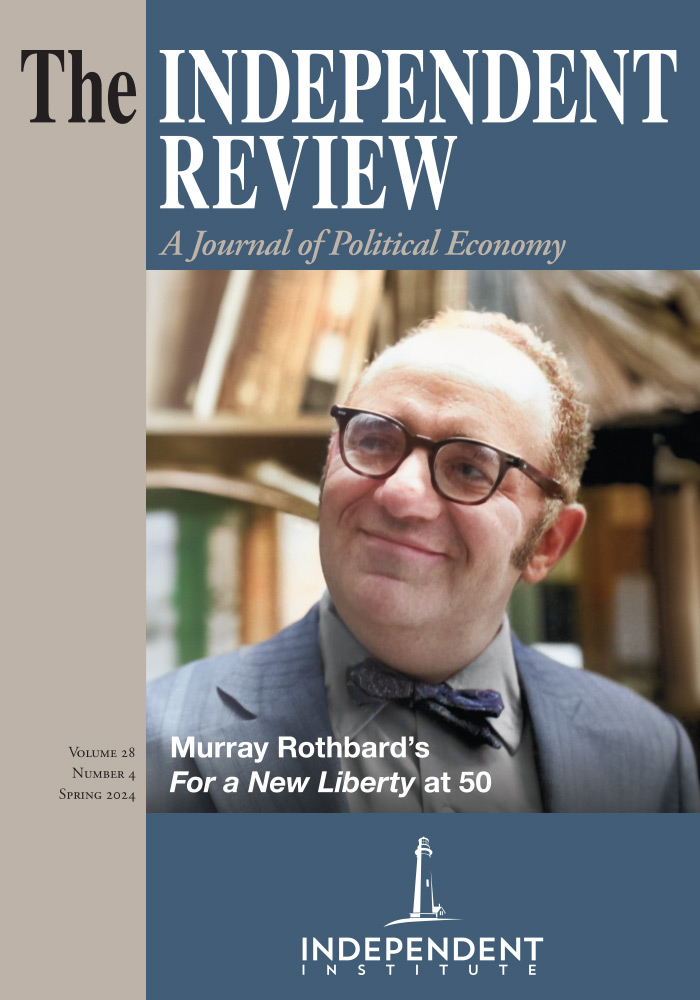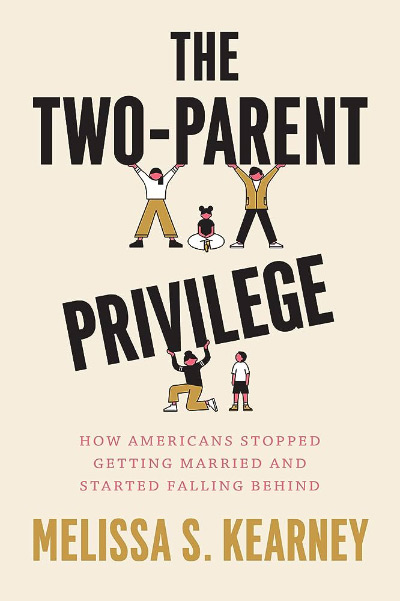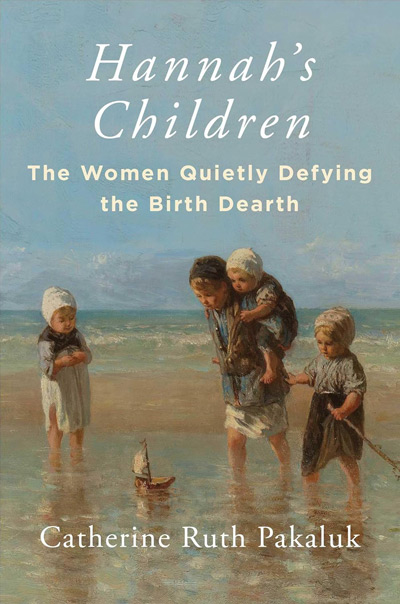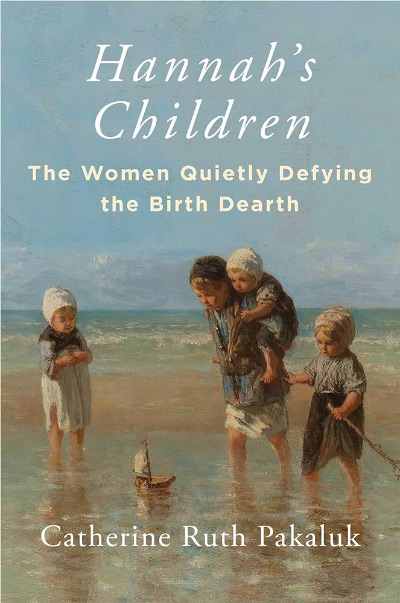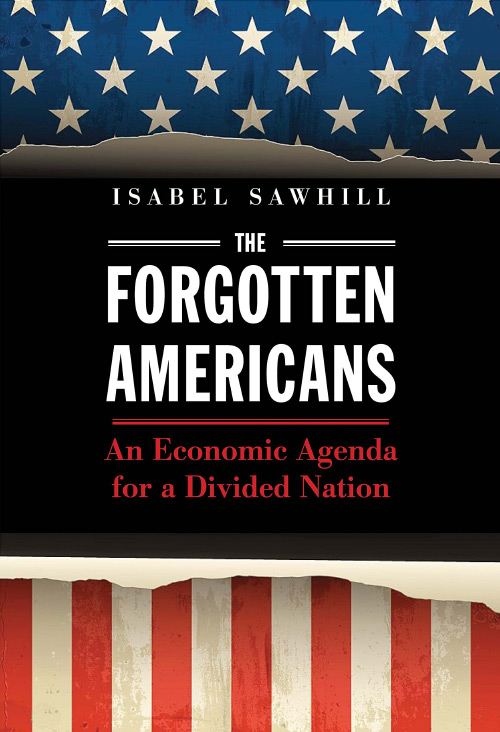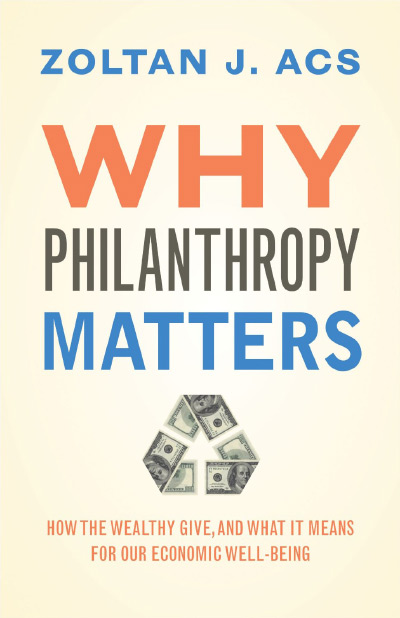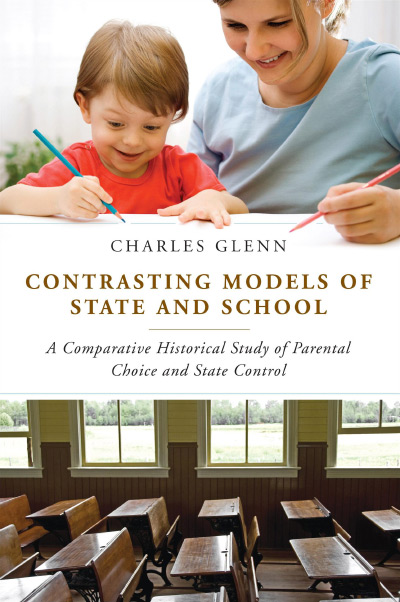Melissa Kearney’s message is very simple: the share of American children raised by two parents is falling, especially children whose parents are not college graduates. This harms them. They receive fewer resources—resources that can be purchased with money and ones that cannot be, such as parental attention. These children are less likely to thrive. They are more likely to live in poverty, more likely to commit crimes, and less likely to graduate from high school and college. This creates a vicious cycle, widening inequality and blighting the lives of many.
The numbers are striking. In 1980, 90 percent of children whose mothers graduated from college lived with both their biological mother and father. This slipped to 84 percent in 2019. But the numbers plummeted for children whose mothers graduated from high school but didn’t graduate from college—from 83 percent to 60 percent. And this figure fell from 80 percent to 57 percent for children whose mothers did not graduate from high school. The monetary advantage of two-parent households is striking. Kearney presents census data showing that median incomes are higher in two-parent households where the mother has graduated from high school but not from college than in households where the unpartnered mother has graduated from college. It’s not just money. For example, Kearney’s regression results suggest that “a child born in a two-parent household with a family income of $50,000 has, on average, better [educational] outcomes than a child born in a single-parent household earning the same income” (p. 63). Data from the American Time Use Survey show that married mothers spend more hours each week on childcare activities—thirty percent more in the case of college-educated mothers. Married fathers spend more time on childcare, too.
What can be done? Kearney’s primary advice is that we, collectively, should “work to restore and foster a norm of two-parent homes for children” (p. 170). In offering this advice, she is unapologetically apologetic. By this I mean that she repeatedly apologizes for saying that two parents are better than one. The apologies begin in the Preface: “It is reasonable to argue ... that a household with two parents has a greater capacity to provide financial and nonfinancial resources to a child than a one-parent household does. To argue this is not to judge, blame, or diminish households with a single parent ... ” (p. ix, emphasis added). Two pages later she says, “I am not blaming single mothers” (p. xi). Her worry is that by merely raising these issues, her progressive readers will condemn and dismiss her. As she has been told in conversations at academic conferences, presenting this information about the obvious and overwhelming advantages of two-parent family sounds “‘socially conservative,’ in a way that implie[s] ‘not academically serious’” (p. 4). She frets that it is “really challenging to discuss the topics of marriage and family without it feeling like a conversation about values, but my hope and intention is that by taking a social science approach to these important issues, we can take them out of the intractable culture wars and acknowledge them, debate them, and collectively take steps to improve the lives of American families” (p. xii).
However, despite all the apologies about merely raising these issues, it is hard to deny that thisis a conversation about both economic forces and values. It is frustrating (and sometimes amusing) that she claims otherwise. It is even more frustrating that academics aren’t comfortable having conservations about “values” and personal responsibility, but they are completely comfortable having conservations about how to use the coercive power of the state to take resources from some people and give them to others—and a key component of Kearney’s solution to the decline in two-parent households is to ramp up redistribution.
Kearney’s proposals hinge on her analysis of why marriage rates have collapsed among less-educated men and women. As she frames it, the primary causes are economic—men with less education have become less “marriageable.” Changes in the economy, including the decline of traditional blue-collar jobs, technological changes, and international competition, have led to a decline in labor force participation and stagnating wages among these men. Meanwhile, the wages and job opportunities of their potential wives—less-educated women—have increased. As women earn more, they feel that they don’t need men—especially men who do not “reliably hold down a job and bring in a steady, decent income” (p. 78)—to help support them and their children. The percentage of men ages 30 to 50 who are married fell from 87 percent in 1970 to 60 percent in 2020. Divorce isn’t the primary issue. The problem is that fewer women are marrying the fathers of their children. And, on closer examination, the stagnant wages of less-educated men don’t seem to be the real issue, as Kearney explains it. Even if their incomes had risen, the fact that women can now support themselves and their children without their children’s fathers seems to be the acid dissolving these bonds. Kearney puts it this way: “Among workers with only a high school degree, the ratio of women’s median wages to men’s median wages increased from 54 percent in 1980 to 74 percent in 2020.... In other words, among [less-educated workers] ... the gap between men’s earnings and women’s earnings shrank considerably ... which lessened the economic incentive (and imperative) for some women to marry” (p. 83). She cites a study by economist Na’ama Shenhav that suggests women’s increasing relative wages reduce marriage, with the relative-wage effect accounting for 20 percent of the overall decline in marriage between 1980 and 2010.
That sounds plausible, but it also suggests that most of the decline in marriage isn’t driven by this effect. What about the other 80 percent? Kearney discusses changes in laws (such as divorce laws) and economic policies that might matter but concludes that they aren’t of paramount importance. Rather, the bulk of the trend seems to be driven by cultural forces. These appear to be the same forces that have driven down total fertility rates, what Kearney identifies as “shifting priorities” (p. 157).
What is to be done? She recommends:
- Working together to restore and foster a norm of two-parent homes for children.
- Working to improve the economic position of men without a college level of education.
- Scaling up government and community programs that show promise in strengthening families and improving outcomes for parents and children from disadvantaged backgrounds—for example, Big Brothers Big Sisters
- And, strengthening the safety net for families, regardless of family structure.
Unfortunately, her primary recommendation seems half-hearted. How can we restore the norm of two-parent homes for children? How can we strengthen the norm of marriage? Kearney’s analysis of marriage follows economist Gary Becker’s view of marriage as a “long-term contract between two individuals to combine resources and share the responsibilities of keeping a household and raising children” (p. 18). While this can be useful in some contexts, framing marriage this way—as a mere contract, centered on what’s good for each of the two individuals as they bargain with each other—seems to be at cross-purposes with the ultimate goal. The traditional view of marriage is as a covenant, rather than a mere contract. A covenant is an exchange of persons: “I am yours and you are mine.” A contract, on the other hand, is an exchange of property: “That is mine and this is yours.” Contracts can be abrogated, renegotiated, and broken, so viewing marriage as a contract doesn’t really pave the road for elevating the marriage norm to its traditional status.
Kearney follows this up by saying that even “if there were a magic wand that one could wave to increase rates of marriage, class gaps in household resources would remain. Of course, most of us would never want to wave such a magic wand anyway” (p. 65, emphasis added). If the “magic wand” was simply a return to the older understanding of marriage as more than a “contract” and a prerequisite for having children, I certainly would want it waved.
Turning to her other proposals. Kearney’s plea to work “to improve the economic position of men without a college level of education” (p. 170)—which focuses on “a massive infusion of federal resources into the public universities and community colleges” (p. 176)—doesn’t strike me as very promising for helping men without a college education. Since women increasingly outnumber men in college, won’t this actually shrink the earnings gap between men and women even more? It might be noted, in addition, that the Kalamazoo Promise program, which paid the college tuition (including community college tuition) for students educated in the city’s K–12 school system, increased the number of women getting a bachelor’s degree by 45 to 49 percent. But men’s rates didn’t rise. (See Timothy Bartik, Brad Hershbein, and Marta Lachowska, 2016, “The Merits of Universal Scholarships: Benefit-Cost Evidence from the Kalamazoo Promise,” Journal of Benefit-Cost Analysis 7, no. 3: 400–433.)
Supporting programs that strengthen families and help children with only one parent sounds promising, but many would argue that government has a better track record in weakening families than strengthening them.
Finally, the idea of “strengthening the safety net” suggests that the safety net is far too low, which ignores recent research on poverty and inequality. When she reports that children living with a single mother live in poverty at five times the national average, Kearney ignores the fact that our official poverty rate hasn’t noticed the virtual disappearance of poverty in the United States since the early 1960s. Richard Burkhauser, Kevin Corinth, James Elwell, and Jeff Larrimore (2024, Evaluating the Success of the War on Poverty since 1963 Using an Absolute Full-Income Poverty Measure, Journal of Political Economy 132, no. 1: 1–47) remind us that the official measure of poverty is deeply flawed. For example, the official poverty rate omits food stamps, the Child Tax Credit, and the Earned Income Tax Credit in determining the households’ incomes. Burkhauser and co-authors demonstrate that if all sources of income are included and poverty is measured consistently over time, the poverty rate in the U.S. has not stagnated—rather it has fallen to about 1.6 percent. Unfortunately, they also show that the share of working-age adults receiving less than half their income from market sources—the dependence rate—has more than doubled since the war on poverty began, rising from 4.7 percent to 11.0 percent.
Another widely-discussed recent paper, Gerald Autem and David Splinter’s “Income Inequality in the United States: Using Tax Data to Measure Long-term Trends” (Journal of Political Economy, forthcoming) shows that real incomes of the bottom 50 percent of households in the US—largely those that haven’t graduated from college—haven’t stagnated. After taxes and transfers, per-capita income of the bottom 50 percent of Americans has risen by 66 percent since 1979—far faster than the 40 percent increase before taxes. Redistribution to the bottom half and especially to the bottom twenty percent has simply exploded in recent decades. They define the average net redistribution rate as a household’s cash and non-cash transfers minus all taxes divided by its pre-tax income and find that redistribution to the poorest twenty percent now exceeds the income it earns. The net redistribution rate for the bottom twenty percent rose from 47 in 1962 to 104 percent in 1979 to 142 percent in 2019. That’s substantial redistribution. Yet, Kearney suggests taxpayers are stingy. They are the villains of the piece, along with an economy that is oddly characterized as “blisteringly unforgiving” (p. 14).
| Other Independent Review articles by Robert M. Whaples | ||
| Spring 2025 | Millennials, Gen Zs, Capitalism, Socialism, and Confusion | |
| Spring 2025 | Not Stolen: The Truth about European Colonialism in the New World | |
| Spring 2025 | Green Breakdown: The Coming Renewable Energy Failure | |
| [View All (106)] | ||

